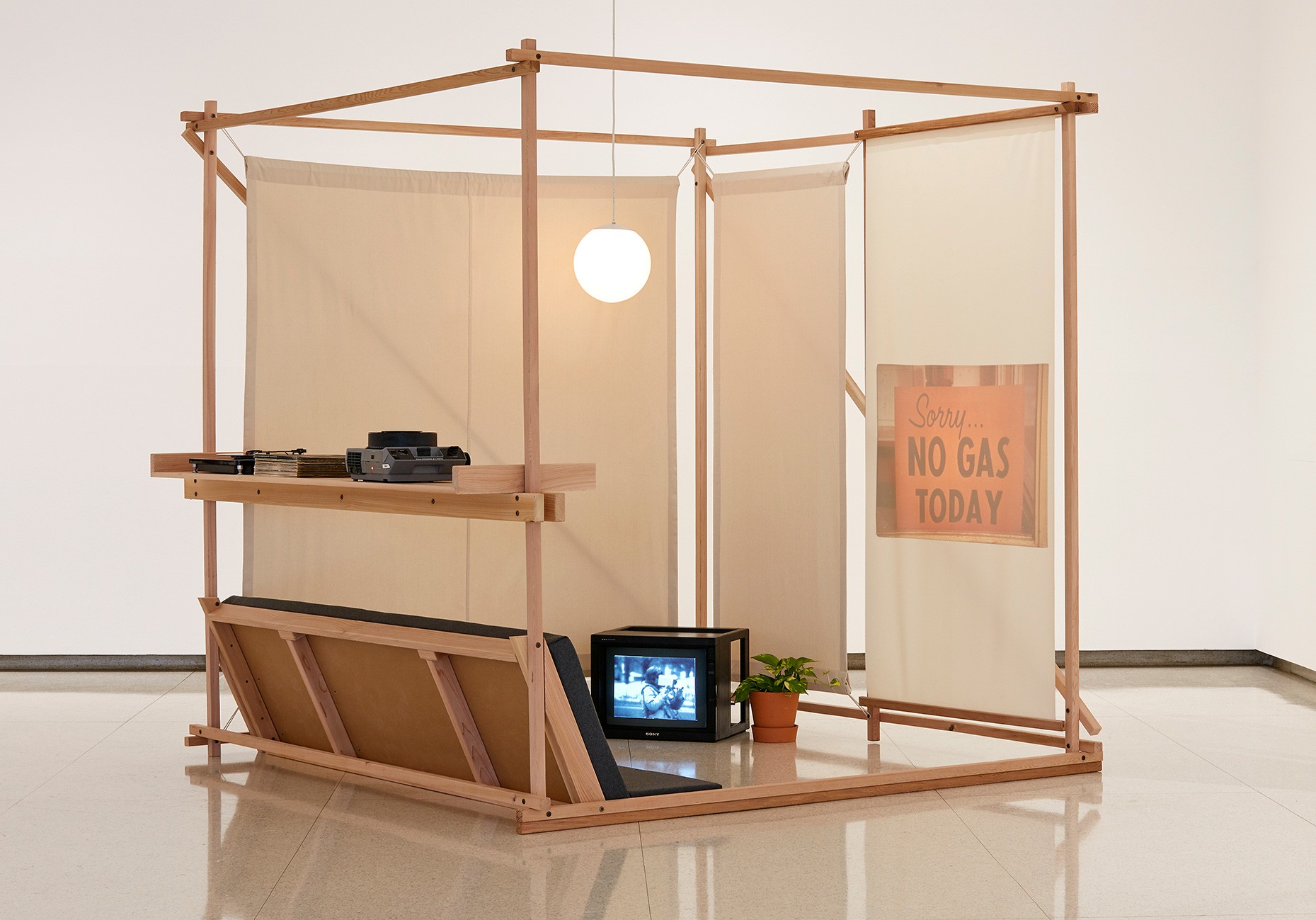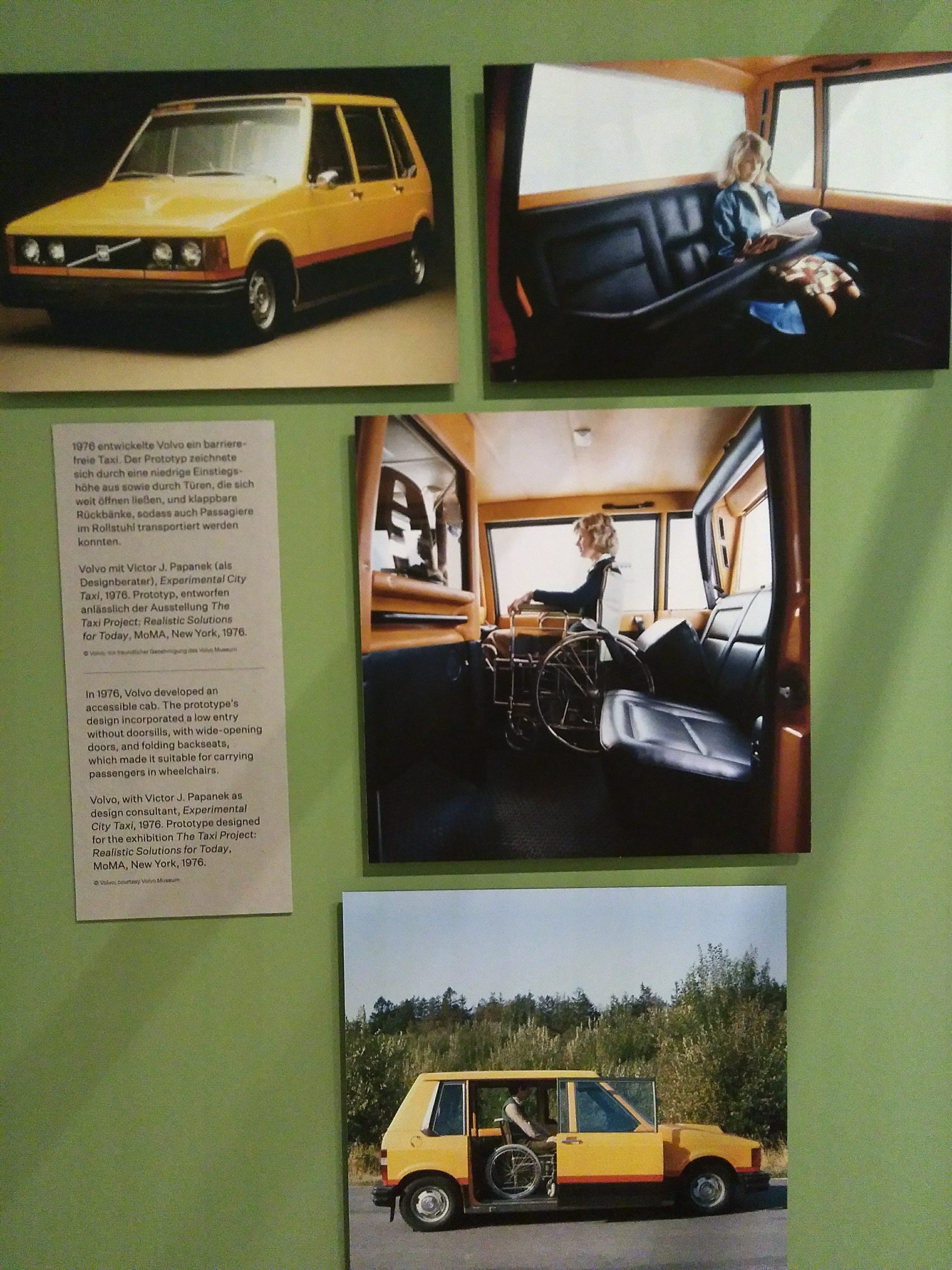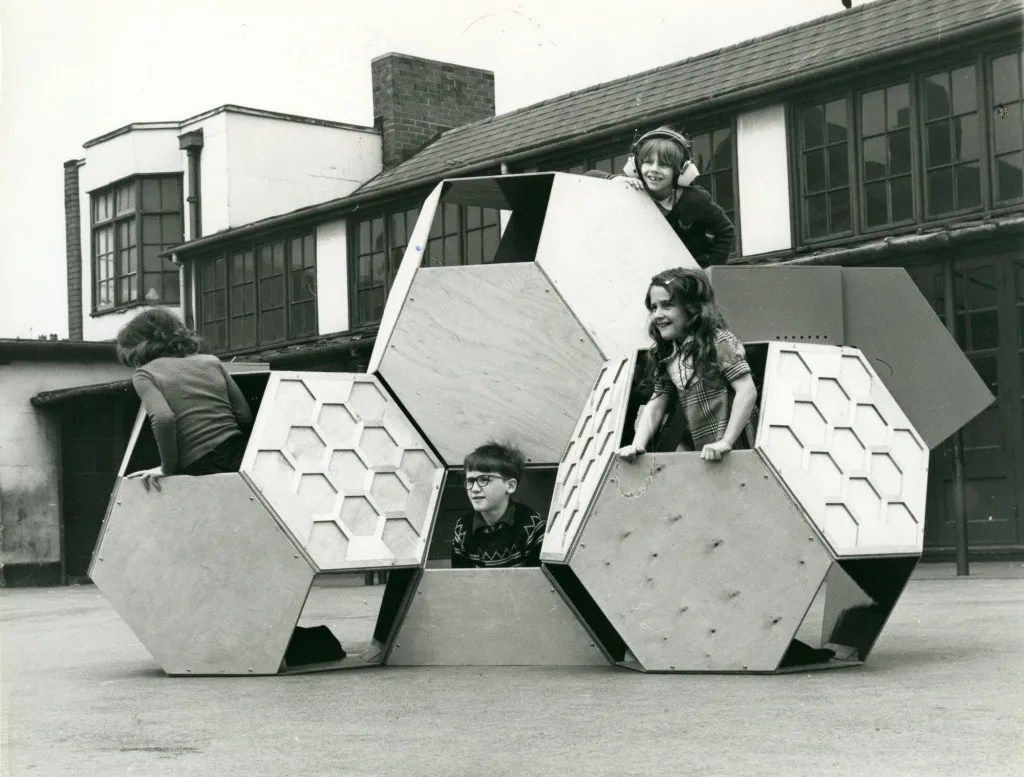Victor J. Papanek: “Design for the Real World”
DS.WRITER:
Σοφία Θρουβάλα
Πηγή Κεντρικής Εικόνας: barcelonarchitecturewalks.com
Ο Victor J. Papanek υπήρξε -από τη δεκαετία του ‘60- ένας από τους σημαντικότερους πρωτοπόρους και εμπνευστές του σύγχρονου οικολογικού και κοινωνικού Design. Το βιβλίο του "Design for the Real World" του 1971 παραμένει, ακόμα και σήμερα, το πιο πολυδιαβασμένο βιβλίο για το design παγκοσμίως. Στη δουλειά αυτή, ο Papanek κάνει πρώτος λόγο για την κοινωνική δικαιοσύνη και τη βιωσιμότητα στο design, ποιοτικά χαρακτηριστικά του καλού σημερινού σχεδιασμού. Ο ίδιος δίδαξε σε διάφορα πανεπιστήμια, εμπνέοντας γενιές σπουδαστών τους οποίους απασχόλησε το δίπολο design-κοινωνία. Η προώθηση των σκέψεών του πάνω στα ζητήματα αυτά δεν έμεινε στα βιβλία και στα πανεπιστημιακά έδρανα, αλλά και στο πλέον λαϊκό μέσο μετά το ραδιόφωνο, την τηλεόραση.

Πηγή Εικόνας: barcelonarchitecturewalks.com
Το 1961, γυρίζει τηλεοπτική ενημερωτική σειρά σχετική με το design, η οποία προβαλλόταν στις ΗΠΑ. Το χιούμορ και η καυστική του προσέγγιση στον καταναλωτισμό ενέπνευσαν πολλούς δημιουργούς αλλά και φίλους του design να διευθετήσουν την καθημερινότητά τους διαφορετικά, αλλάζοντας οπτική ως προς τα αντικείμενα και τη χρήση τους. Η παιδαγωγική του μέθοδος, σε συνδυασμό με το κύρος του, ξέφευγε πολύ από την καθιερωμένη πρόσληψη και διδαχή του design, με αποτέλεσμα να αλλάξει τον τρόπο δημιουργίας από τη σύλληψη στην υλοποίηση. Οι ιδέες του αναλύονται διεξοδικά στο βιβλίο "Design for the Real World" (1971), το οποίο έμελλε να γίνει το μανιφέστο του σύγχρονου σχεδιασμού, που ως βάση του είχε το γεγονός πως το design είναι -ουσιαστικά- αντικείμενα που λειτουργούν στην καθημερινότητα και την επηρεάζουν “βιοπολιτικά”, προδιαγράφοντας ή εμπλουτίζοντας το περιβάλλον. Είναι δηλαδή ένα πολιτικό εργαλείο, το οποίο πρέπει να αναγνωριστεί ως τέτοιο και να χρησιμοποιηθεί ανάλογα για το ευ ζην τής κάθε εποχής, δηλαδή την οικολογία και την κοινωνική αλλαγή.

Πηγή Εικόνας: i.pinimg.com
Όταν ο Papanek εξέδωσε το εμβληματικό “Design for the Real World - Human Ecology and Social Change” το 1971, ξεκίνησε πράγματι μια αλλαγή στη σκέψη για τη λειτουργία του design στην κοινωνία. Στο βιβλίο αυτό, ο σχεδιασμός αναλύεται ως κάτι για τον άνθρωπο, ως μια έκφραση αλληλένδετη με την καθημερινή ζωή. Για αυτόν, η ανθρώπινη κουλτούρα ήταν μια ιδιαίτερη έκφραση αυτού που ο Άλφρεντ Νορθ Γουάιτχεντ αποκαλούσε «δημιουργική εξερεύνηση της καινοτομίας της ζωής». Όπως έλεγε, “Το design είναι η σύνθεση ενός επικού ποιήματος, η εκτέλεση μιας τοιχογραφίας, η ζωγραφική, η συγγραφή ενός κοντσέρτου. Σχεδιασμός είναι επίσης ο καθαρισμός και η αναδιοργάνωση ενός συρταριού γραφείου, το τράβηγμα ενός σάπιου δοντιού, το ψήσιμο ενός μήλου, η επιλογή πλευρών για ένα παιχνίδι μπέιζμπολ και η εκπαίδευση ενός παιδιού”. Με τα λόγια αυτά, ο Papanek ήθελε να δώσει έμφαση στο γεγονός πως το design δεν είναι ούτε μόνο αισθητική ούτε μόνο λειτουργικότητα, αλλά μέρος της καθημερινότητας, κάτι το οποίο συνδιαμορφώνεται μαζί της, αλλά και το ίδιο -το design- παράγει πραγματικότητα. Για τον λόγο αυτόν, “Το design οφείλει να έχει νόημα” -“Design must be meaningful” (Papanek, 1985, p.6) -, όπως έλεγε.
Μέσα από τη δουλειά του και μέσα από το βιβλίο αυτό, προσπάθησε να κάνει σαφές πως η λειτουργικότητα του κάθε δεδομένου σχεδίου-design δεν μπορεί παρά να εντάσσεται στο ευρύτερο κοινωνικό, οικολογικό και πολιτισμικό πλαίσιο, εμπνευσμένο από την πολυπλοκότητα των σημερινών καθημερινών σχέσεων μεταξύ ανθρώπων και αντικειμένων. Ο διαχωρισμός του χρήσιμου και κοινωνικά λειτουργικού αντικειμένου από τη μια, έναντι του καπιταλιστικού και μαζικά καταναλώσιμου από την άλλη, είναι αναγκαίος. Δηλαδή, το προϊόν να ικανοποιεί μια πρακτική ανάγκη και όχι να αποσκοπεί στην αύξηση της κατανάλωσης αγαθών. Στο ίδιο βιβλίο γίνεται επίσης η πρώτη ανοιχτή κριτική στον αντίκτυπο των πολυεθνικών εταιρειών σε όλα τα επίπεδα -οικολογικό, οικονομικό, υγειονομικό-, εξηγώντας πως το μάρκετινγκ και το design στα πλαίσια των πολυεθνικών στρατηγικών αποσκοπούν κυρίως στην επιτυχημένη υπερκατανάλωση (the designer must be conscious of his social and moral responsibility).

Victor Papanek and James Hennessey, Relaxation Cube from Nomadic Furniture 1, 1973/2015 | Πηγή Εικόνας: blog.julien-drochon.net
Όπως διατεινόταν ο Papanek, οι σχεδιαστές θα πρέπει να αυτονομηθούν ιδεολογικά και να κάνουν τις δικές τους επιλογές ηθικά και υπεύθυνα, μη αμβλύνοντας άλλο τις κρίσεις που έχουν προκύψει στον κόσμο. “Το Design”, έλεγε, “για να γίνει συνεπές στις οικολογικές ανάγκες και στις κοινωνικές εξελίξεις, πρέπει να είναι επαναστατικό και δριμύ” (radical). Έτσι, ο Papanek ίσως να ήταν ο πρώτος που πρότεινε ως μοναδική λύση για την αποφυγή των σύγχρονων προβλημάτων τη χαμηλότερη κατανάλωση υλικών, την επανάχρηση και τη δημιουργία αντικειμένων από βιώσιμα και ανακυκλωμένα υλικά (Papanek, 1985, pp.346–347). Επιπλέον, στα τέλη της δεκαετίας του ‘70, σχεδιάζει ένα καινοτόμο μοντέλο της εταιρείας αυτοκινήτων VOLVO, το οποίο ονομάστηκε “experimental city taxi”. Εκτέθηκε στο ΜοΜΑ το ‘76 ως μια εκδοχή -από τις πολλές- για πραγματικό και αναγκαίο design. Το “realistic solutions for Today” παρουσίαζε ένα αμάξι-ταξί, του οποίου ο σχεδιασμός θα ήταν συνυφασμένος με την προσβασιμότητα των ατόμων με κινητικές δυσκολίες. Προσέφερε τη δυνατότητα, δηλαδή, σε επιβάτες σε αμαξίδιο να εισέρχονται στο επιβατηγό όχημα, χωρίς τη βοήθεια του οδηγού ή κάποιου τρίτου, ενώ καθιστούσε την -ακόμα- απαραίτητη αποθήκευση του εν λόγω αμαξιδίου παρελθόν, καθώς ο επιβάτης μπορούσε να μπει με αυτό στο ταξί (βλ. βίντεο από Volkswagen Group - Culture Χ Vitra Design Museum).
Πηγή Εικόνας: smow.com
Ο διορατικός σχεδιαστής, πριν πεθάνει το ‘98, προέβλεψε το design του 21ου αιώνα. Μερικές από τις εικασίες του ήταν η αναγκαστική στροφή σε οικολογικά υλικά και η εξειδίκευση αρκετών σχεδιαστών στις νέες βιώσιμες μορφές σχεδιασμού, ενώ τέλος όλα τα πανεπιστήμια και οι σχολές να διδάσκουν ένα design όπως εκείνος το οραματίστηκε, το οποίο να βασίζεται στην κοινωνική λειτουργικότητα και τις οικολογικές μεθόδους με τη χρήση της τεχνολογίας. Τώρα, που όλα αυτά είναι καίρια και η οικολογική κρίση είναι μια πραγματικότητα, οι κλάδοι του design καλούνται να επενδύσουν δημιουργικότητα, πόρους και χρόνο στην αναδιαμόρφωση των καλών πρακτικών τους. Είναι ενδιαφέρον πως οι ιδέες του Papanek μπορούν να αποτελέσουν την πυξίδα για μια πιο βιώσιμη και λειτουργική κοινωνία, αφού στη δεδομένη στιγμή τα λόγια του είναι παραπάνω από επίκαιρα!

VOLVO χ V.J Papanek, experimental city taxi, 1976 | Πηγή Εικόνας: depatriarchisedesign.com
designforsustainability.medium.com





_Dean_Kaufman.jpg)
.jpg)
 (1).jpg)
